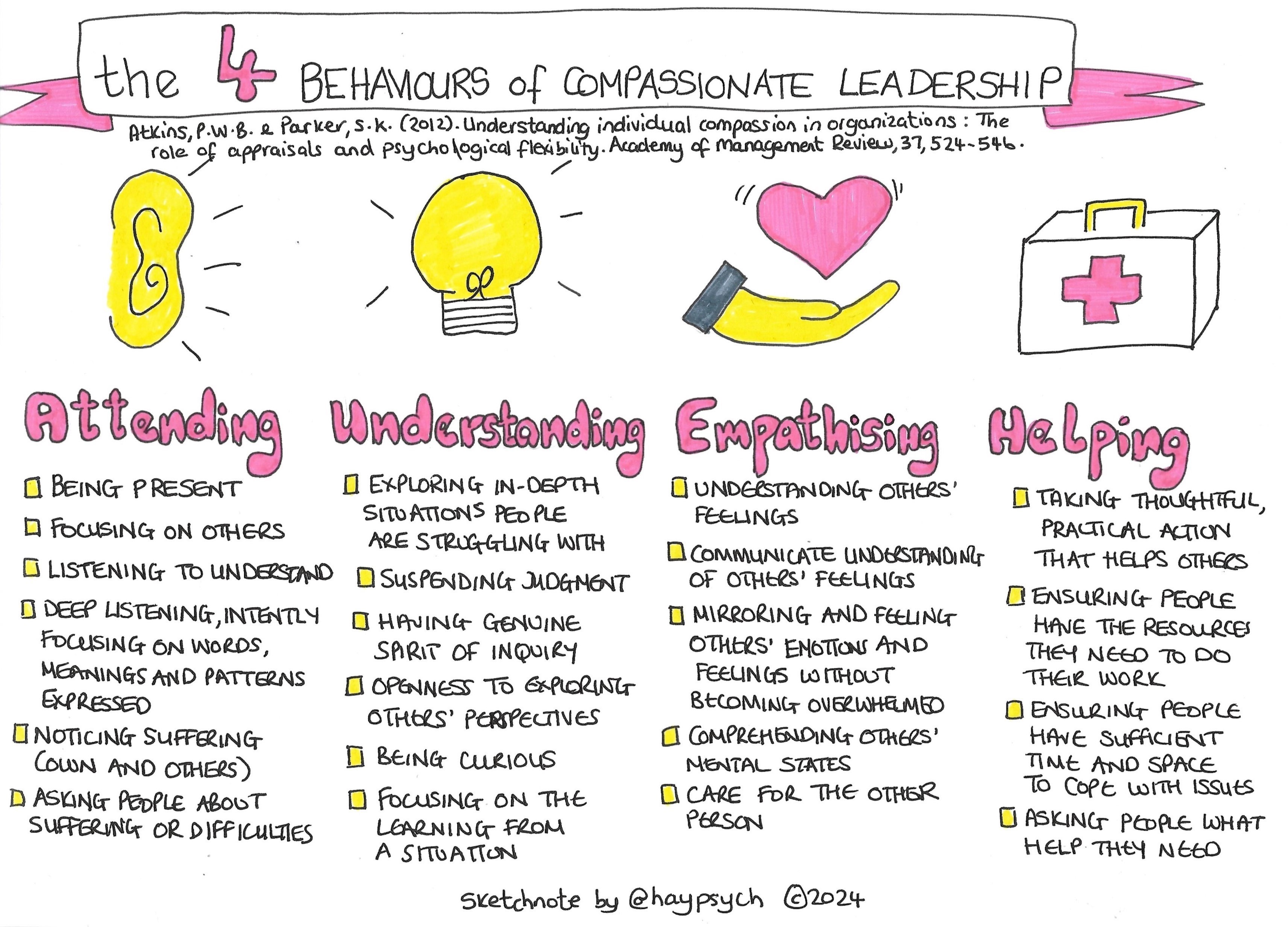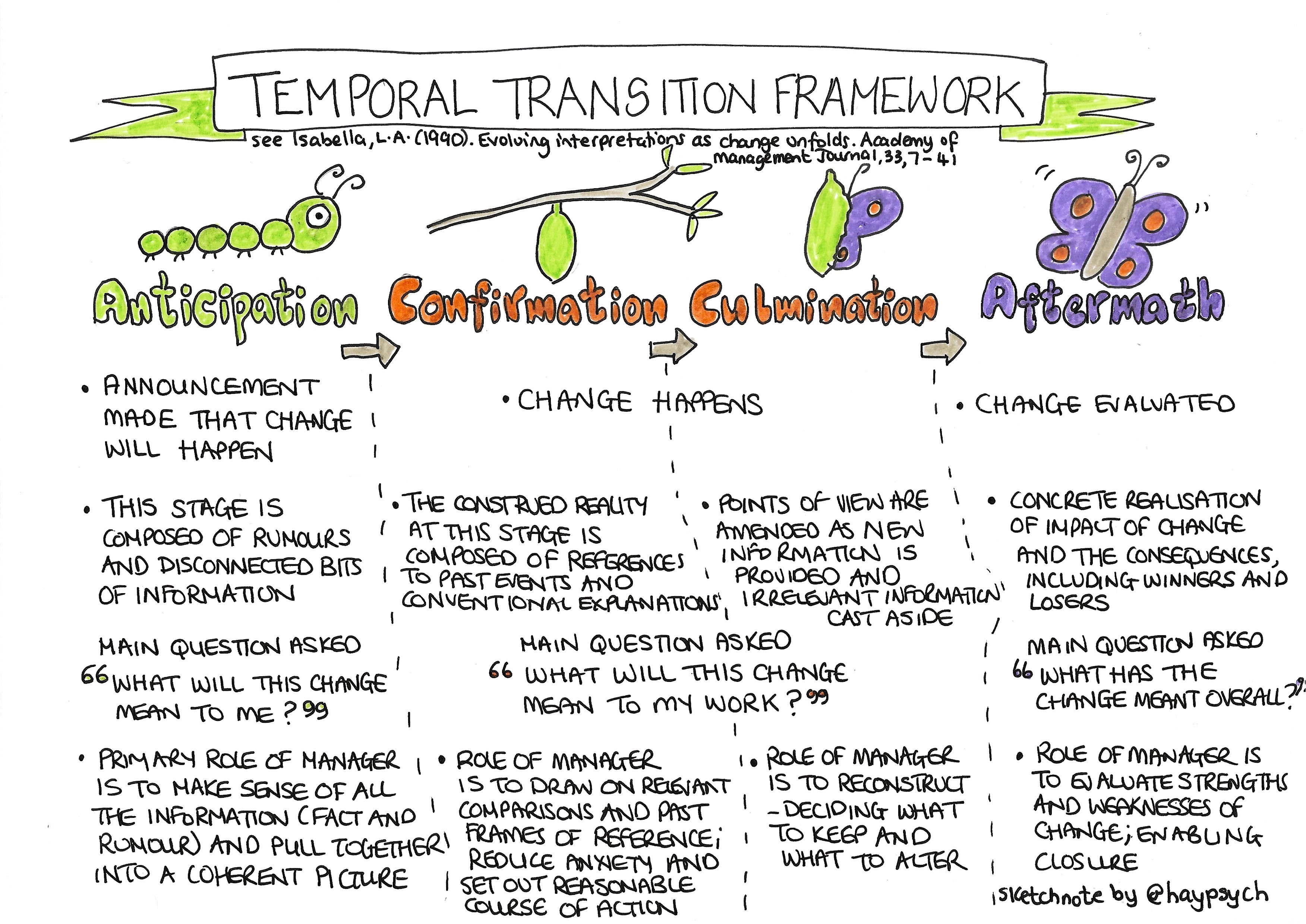6 minute read
In their book, Why change doesn’t work, Harvey Robbins and Michael Finley outline seven ‘rules’ we need to remember if we want change to be a positive thing and to succeed:
- People do what they perceive is in their best interest, thinking as rationally as circumstances allow them to think.
- People are not inherently anti-change. Most will, in fact, embrace initiatives provided the change has a positive meaning for them.
- People thrive under creative challenge but wilt under negative stress.
- People are different. No single “elegant solution” will address the entire breadth of these differences.
- People believe what they see. Actions do speak louder than words and a history of previous deception multiplies present suspicion.
- The way to make effective long-term change is to first visualise what you want to accomplish and then inhabit this vision until it becomes true.
- Change is an act of the imagination. Until the imagination is engaged, no important change can occur.
Change – whether work-related or personal – can be one of the most challenging things we navigate in life. In this post, I share some ideas to help you lead and/or handle change in the most positive way possible. We’ll look at two perspectives – what you can do as an individual; and the things you should do if you’re a manager implementing change.
THE INDIVIDUAL LEVEL
- Approach to coping in adversity – actively seeking ways to solve a problem, rather than avoid it. For example, thinking about the support you need to help you and asking for these.
- Self-belief and trust in own abilities to handle challenges. For example, remembering a time you’ve coped with change in the past – “I’ve done it before. I can do it again.”
- Effort and purpose – being motivated by a sense of purpose and a desire to work hard to attain personal goals. For example, is there something new you can learn that can give you a better chance of getting a role in the face of restructure and redundancy?
- Having good interpersonal and internal resources, e.g., secure relationships, knowing where to find help in difficult times, and traits such as a sense of humour. For example, booking in time for things that renew and reenergise you during the change.
- Spirituality – attributing happenings in life, including adversity, to a higher force such as God or fate.
Agility and flexibility
In her book, Mindset matters: Developing mental agility and resilience to thrive in uncertainty, Dr Gemma Leigh Roberts says,
Learning how to change the way you think about challenging situations by disrupting and replacing your thoughts to serve you better is a strategy that has proved successful in dealing with change and uncertainty at work.
Thinking flexibly and critically is a skill needed in the 21st century, and really comes into its own during change. We’ve all been there – a change gets announced and in the wake of information gaps, the rumour mill can go into overdrive. Key is for us to take a step back from this noise and ask ourselves:
- Do I really know this is true?
- What else could be going on here?
- What is the concrete evidence for this?
- Even if this were true, how can I handle it?
Focus on what you can control
It can be very easy during change to get swept away by other people’s angst, as well as focusing on things that we have no control over. A useful concept I often share with clients is the Circle of Control – something Stephen Covey talks about in his book, The 7 habits of highly effective people.

You can see in my illustration there are three concentric circles. The outermost circle, the Circle of Concern, is where we should spend the least of our time and energy. The innermost circle, The Circle of Control, is where we should focus the most. The middle circle, the Circle of Influence, is to a large degree impacted by what we do in the Circle of Control.
Here’s an activity for you to do:
- On a blank sheet of paper, draw three columns. At the top of the first column write ‘Circle of Control’. At the top of the second column write ‘Circle of Influence’, and the top of the third column write ‘Circle of Concern.
- Now, grab some post-it notes and on each individual post-it note write down all the things you’re worried about in relation to the situation concerned.
- Decide which post-it note goes in which column. You should end up with a spread across the three columns. Those in the Circle of Concern are those which you should let go. Those in the Circle of Control, you can start to come up with actions to mitigate those worries.
As Dr Audrey Tang says in her book, The Leader’s guide to wellbeing:
In many ways, having a sense of ‘control’ is important because it means that you are more likely to take initiative, to instigate, to work to effect an outcome.
THE MANAGER AND POSITIVE CHANGE
If you manage a team and you’re leading them through some kind of change, perhaps a restructure, or the introduction of a new system or process, your two watchwords are ‘compassion’ and ‘communication’.
Compassion
Drs Monica Worline and Jane Dutton, in their book Awakening compassion at work, state,
…managers who address the loss and suffering with those who remain, and who make space for discussion of what has happened, encourage compassion that alleviates some of the feelings of being isolated, alone, and bereft.
A 2012 study in the Academy of Management Review suggests that compassionate leaders do four things:
- Attending – being present, focusing on others, asking people about suffering or difficulties, deep listening.
- Understanding – exploring in-depth the things people are struggling with, suspending judgment, and not getting defensive, having genuine spirit of inquiry.
- Empathising – understanding others’ feelings and communicating this understanding, comprehending others’ mental states, caring for other people.
- Helping – taking thoughtful and practical action that helps others, ensuring people have the resources they need, ensuring people have sufficient time and space to process.

Why not use this as your checklist if you’re the one leading change that impacts other people?
Communication
Key with good communication – whether there is change going on or not – is using a range of approaches that take into account different preferences and needs; and giving sufficient time and space for people to process what is communicated. This latter point is something that one study found makes the difference between a successful merger and an unsuccessful one. The main finding from this study is that when people are given sufficient time to process and understand change-related information, they are more likely to be committed to the change.

The Temporal Transition Framework, by Lynn Isabella, is a really useful framework for managers. It sets out what the likely reaction is going to be at each stage of change, and the main question or questions you’ll need to answer, namely:
- Anticipatory stage – What will this change mean to me?
- Confirmatory and culmination stages – What will this change mean to my work?
- Aftermath stage – What has the change meant overall? What impact has it had?
You can use this framework as a way to develop your communication plan and methods, something that is really important as one study found. In my experience, managers severely underestimate the amount of time, effort and care needed to communicate and engage well with staff during change. This is something David M Schweiger and Angelo S DeNisi found in a study of change communication. They looked at how employees in two almost identical factories responded to a change announcement. Schweiger and DeNisi surveyed employees immediately after the announcement and found it had created widespread dissatisfaction, stress, and distrust in both factories. In one factory, the employees received vague communication in the three months after the announcement. In the other factory, a careful and extensive communication plan was developed and rolled out. The employees in the factory with the communication plan felt more secure about their jobs, less stressed, more committed and reported superior job performance. This was not the case in the other factory.
I’ve created a checklist of things to think about when it comes to good change communication. You can DOWNLOAD HERE
REFERENCES
Atkins, P.W.B., & Parker, S.K. (2012). Understanding individual compassion in organizations: The role of appraisals and psychological flexibility. Academy of Management Review, 37, 524-546.
Chue, J.S.X., & Cheung, H.S. (2023). Mental resilience enhances the well-being of Singaporean college students through reducing burnout. Current Psychology, 42, 519-528.
Isabella, L.A. (1990). Evolving interpretations as change unfolds: How managers construe key organizational events. The Academy of Management Journal, 33, 7-41.
Rosa, M. et al. (2017). Change commitment in low-status merger partners: The role of information processing, relative ingroup prototypicality, and merger patterns. British Journal of Social Psychology, 56, 618-630.
Schweiger, D.M., & DeNisi, A.S. (1991). Communication with employees following a merger: A longitudinal field experiment. Academy of Management Journal, 34, 110-135.
Did you find this post helpful? I’d love to know, so Tweet me, or drop me a note on LinkedIn. If you have any colleagues that you feel should read this, too, please share it with them. I’d really appreciate it.
I also have a monthly newsletter which is a compilation of blog posts, helpful research, and reviews of books and podcasts – all aimed at helping managers and leaders become more confident in handling a range of workplace issues. You can subscribe here -> SUBSCRIBE
If you liked this post, you might also like these:
Could consultation be an antidote to the stress of organisational change? (4-minute read)
How to maintain your resilience (particularly during times of change) (5-minute read)
FREE 70-page e-book on leading change well – DOWNLOAD HERE

